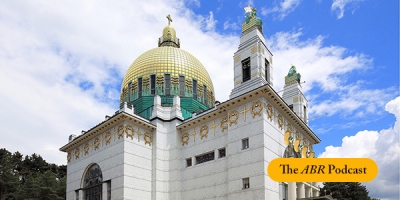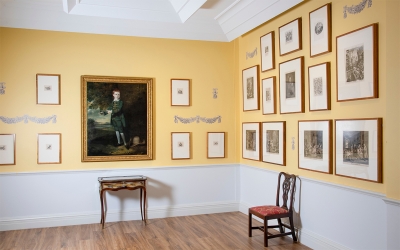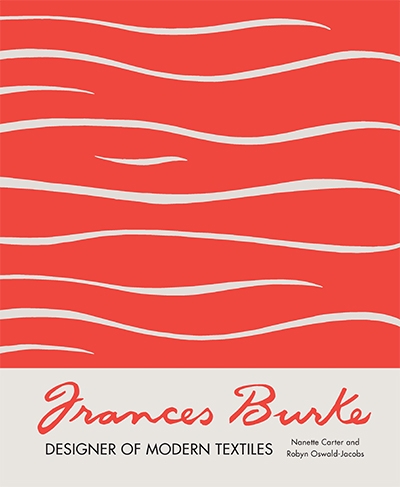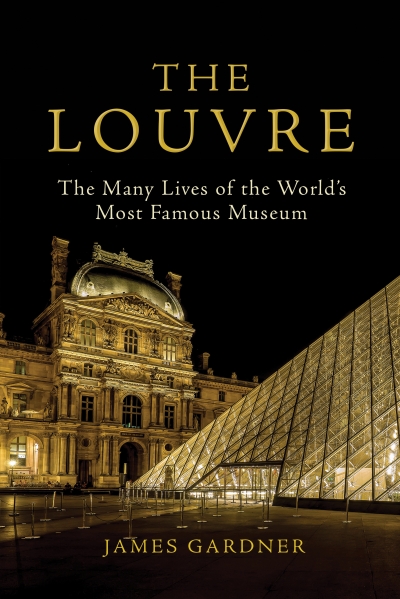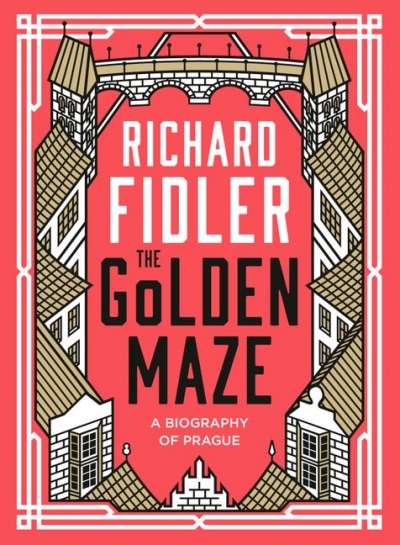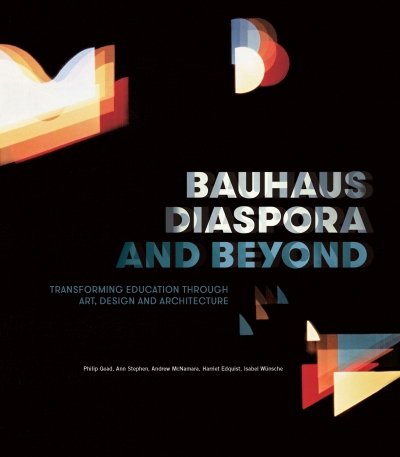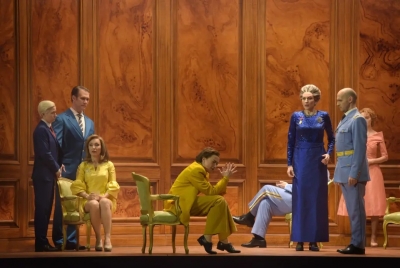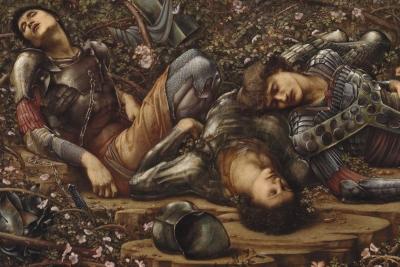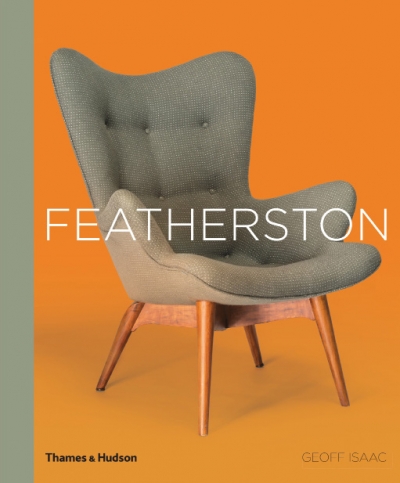Christopher Menz
Whereas many look to Vienna for its imperial architecture, the city developed a rich and complex relationship with modernist forms when they exploded across Europe in the early twentieth century. In this week’s ABR Podcast, Christopher Menz, former Director of the Art Gallery of South Australia, explains this fascinating aspect of Viennese cultural history – including its surprising connection with Australia. Christopher Menz and ABR Editor Peter Rose will be leading a cultural tour of Vienna from October 13 to 24 for Academy Travel. Listen to Christopher Menz in conversation with Academy Travel’s Stuart Barrie here.
... (read more)History of Modern Design has developed from a course of the same name at Drexel University in Philadelphia. In keeping with its didactic origin, the subject is presented in chronological order, illustrated with more than 500 images, 125 of which are reproduced in colour. The book is ambitiously broad in its coverage, commencing with the seventeenth century and ending in the twenty-first, focusing on design from Europe and North America, and ranging through furniture, interiors, metalwork, ceramics, graphic design, typography, and product design. A good two-thirds of the book is devoted to the twentieth century, which is presented in context from the preceding historical surveys. While the focus is on design for mass production and industrial processes, the crafts are not entirely neglected. An extensive bibliography on design, coupled with helpful reading lists, will prove popular in this useful introduction to the complex and wide-ranging subject of design. (CM)
... (read more)Australia’s regional galleries hold rich collections that demonstrate a powerful communal need to collect and display art. Victoria’s regional cities, in particular, are notably well endowed with public art collections and handsome buildings to house them. The gold rush towns were at the forefront in establishing public art galleries: the first, in Ballarat, was founded in 1884; Bendigo followed in 1887. There are now nineteen of them fairly evenly positioned across the state – between one and six hours’ drive from Melbourne – from Warrnambool (1886) in the south-west and Mildura (1956) in the north-west to Bairnsdale (1992) to the east.
... (read more)Frances Burke: Designer of modern textiles by Nanette Carter and Robyn Oswald-Jacobs
The Louvre: The many lives of the world’s most famous museum by James Gardner
The Golden Maze: A biography of Prague by Richard Fidler
Bauhaus Diaspora and Beyond: Transforming education through art, design and architecture by Philip Goad et al.
This year is huge for the Opéra National de Paris. It celebrates the 350th anniversary of the founding of Académie Royale de Musique in 1669, the thirtieth anniversary of the inauguration of the Opéra Bastille in 1989, and the 150th anniversary of the death of Hector Berlioz. Les Troyens (The Trojans) opened the ...
... (read more)Sir Edward Coley Burne-Jones, Baronet, (1833–98) to give him his full entitlement, is an artist who polarises people. Some relish his otherworldly and imaginative narrative subjects, the rich and saturated palette, the sumptuous decorative surfaces. Others respond in the same way as one of the ‘vivid young moderns’ overheard by ...
... (read more)
